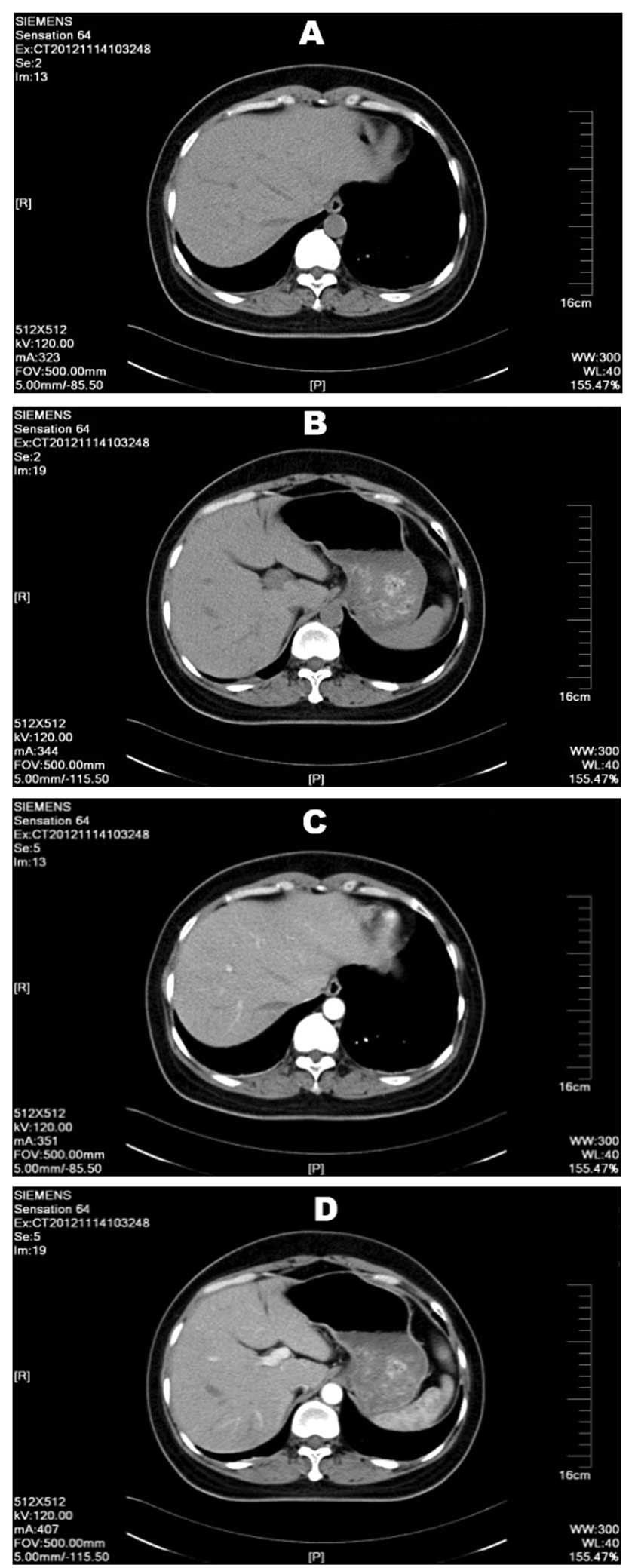Hepatocellular carcinoma presenting as thoracic spinal canal metastasis with no clinical primary foci: A report of a rare case and review of the literature
- Authors:
- Published online on: August 4, 2015 https://doi.org/10.3892/ol.2015.3569
- Pages: 2333-2336
Metrics: Total
Views: 0 (Spandidos Publications: | PMC Statistics: )
Total PDF Downloads: 0 (Spandidos Publications: | PMC Statistics: )
Abstract
Hepatocellular carcinoma (HCC) is the third most common malignant tumor worldwide and has a poor survival rate. The poor prognosis can be attributed to several of the characteristics of HCC, such as fast infiltrating growth, early‑stage metastasis, high‑grade malignancy and poor therapeutic efficacy. The current study presents a case of HCC that was metastatic to the spinal canal with an unknown primary site and discusses the diagnostic probabilities. The patient was a 48‑year‑old female who presented with chest paraesthesis of the back and numbness of the right lower limb. Computed tomography (CT) and magnetic resonance imaging indicated a possible lipomyoma in the thoracic spinal canal. Surgery was performed to remove the mass and the post‑operative pathological diagnosis indicated a moderately‑differentiated HCC. Subsequent abdominal CT scans and B‑mode ultrasound failed to localize the primary foci in the liver and the tumor markers were normal. The patient had no history of chronic liver disease in the past. The patient refused any further examinations after surgery and was discharged from hospital. A post‑operative follow‑up 1.5 years later found that the patient was healthy and that the level of discomfort had been significantly reduced following the surgery. HCC presenting as thoracic spinal canal metastasis with an unknown primary site is extremely rare. The present study additionally reports the results of a literature review and provides a rational deduction for the unknown primary foci of HCC.












